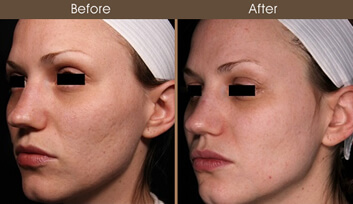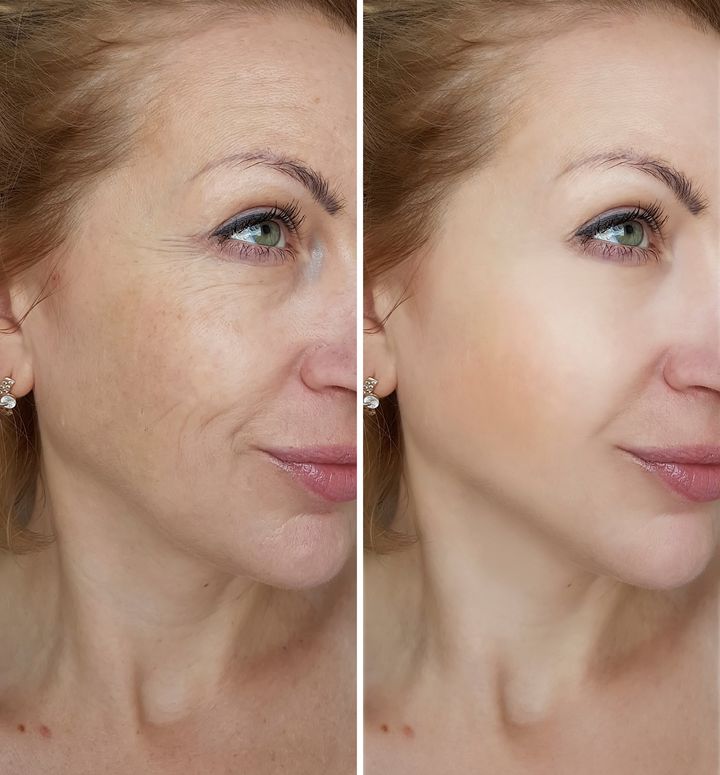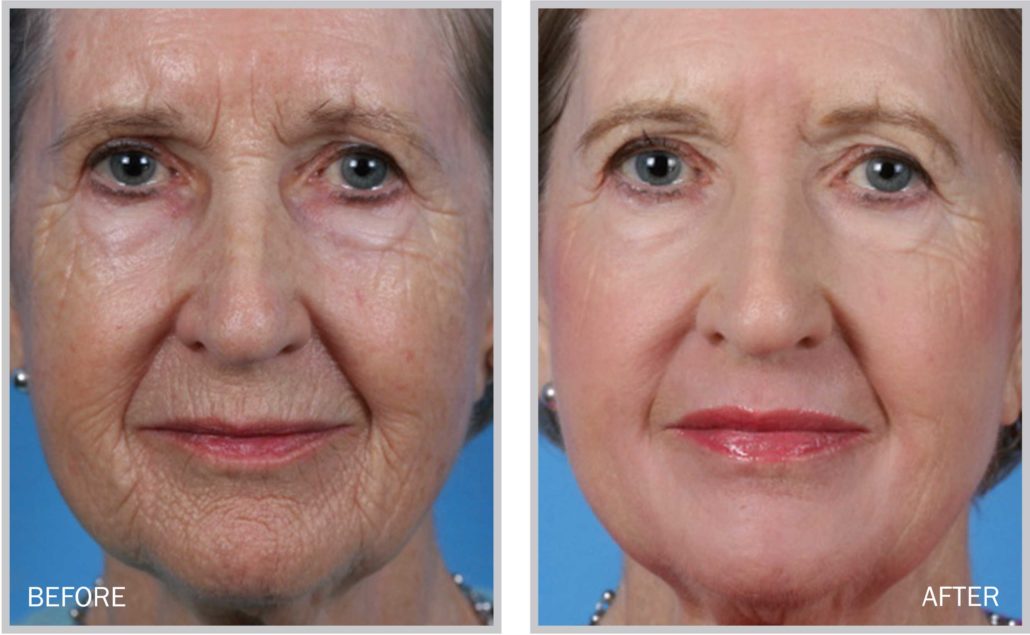The Single Strategy To Use For Laser Skin Treatments
Wiki Article
The Main Principles Of Laser Skin Treatments
Table of ContentsExamine This Report about Laser Skin Treatments9 Easy Facts About Laser Skin Treatments ExplainedGetting The Laser Skin Treatments To WorkExamine This Report about Laser Skin TreatmentsThe smart Trick of Laser Skin Treatments That Nobody is DiscussingGet This Report about Laser Skin Treatments
Anybody who desires to make adjustments to his/her skin can be a prospect for laser skin resurfacing. For the most part, the energy component of the laser is targeted in the direction of the pigment, or shade, in your skin and capillary. This is why darker-skinned people with more melanin in their skin need to be much more cautious as aggressive laser therapies might inadvertently overtreat the skin, producing issues.
The heat and the elimination of the skin likewise stimulates the development of new, younger looking skin cells. There is likewise a much less intensive process in which the laser just heats up the skin, instead of in fact removing the outer layer. The warmth boosts the skin cells which enlarge your collagen.
Some Known Factual Statements About Laser Skin Treatments
After the procedure, your dealt with areas will be treated and wrapped to ensure a punctual recovery. There are several advantages to laser skin resurfacing, however the 3 most significant advantages are: The initial benefit of skin resurfacing is that the procedure is basic and fast. It typically just lasts in between thirty and forty-five minutes, depending upon what you require done.
Eventually, the factor you undergo the laser skin resurfacing procedure is to eliminate any kind of problems with your skin to ensure that your skin looks fantastic. Resurfacing can offer you the most reliable outcomes for this. Unlike base and skin care lotions, this treatment will in fact completely modify your skin, getting rid of anything unwanted to offer you the results you are looking for.
Facts About Laser Skin Treatments Revealed
By removing the outer layer of skin, your creases will not have been temporarily tightened, or filled up, however they will certainly have been completely removed! This implies that your skin itself looks extraordinary, and it does not require to be concealed by a countless variety of items. Laser Skin Treatments. Because the leading layer of skin is gotten rid of, totally new skin will certainly change itIt has not experienced the damages of that skin, and looks younger since it is youthful! The warmth from the laser boosts your skin cells which in turn enlarge your collagen.
This is probably the best advantage of laser skin resurfacing. Your face-lifts are not at all short-term. The treatment is lasting and the outstanding outcomes will not discolor over night like so numerous other skincare options. Unlike with face creams or bases, with resurfacing, the results are permanent. You have a brand-new layer of skin and the marks and blemishes of your previous skin will not return.
How Laser Skin Treatments can Save You Time, Stress, and Money.

Historically, many laser study concentrated on ablative lasers, which eliminate part of the epidermis. While efficient, Richey kept in mind the disadvantages and said, "It's a painful treatment. You need extra downtime off of job, and because you're removing pieces of the skin, it can lead to type of pigmentary issues, and you can have some scarring." According to Richey, a substantial improvement in this area is the shift in the direction of non-ablative fractional lasers.
The 2 major wavelengths used great post to read in these lasers are the 1927 nanometer and the 1550 nanometer fractional non-ablative lasers. Richey clarified, "The 1927 nanometer fractional, non-ablative laser is our resurfacing laser. That's dealing with lentigines and brownish places. A slightly deeper version of the fractional laser, the 1550 nanometer laser, is mainly heating up your dermis to produce this injury recovery action." Both lasers have revealed effectiveness in preventing skin cancers while enhancing total skin appearance and health.
The Single Strategy To Use For Laser Skin Treatments
She noted, "When we do these fractional lasers, they increase something called insulin-like development factor [IGF] in your skin. Laser Skin Treatments. IGF is anti-carcinogenic, so we assume maybe that is just one of the devices whereby the laser prevents skin cancers, but it also aids your general skin health. So that, blended with this heating of your skin that creates an injury healing reaction may mean that your skin is much better at recovery, however we can't actually state that definitively today."The effectiveness of non-ablative fractional lasers in diverse skin types is another essential benefit.4 Reviewing the future of laser treatments in dermatology, Richey shared optimism regarding their role in protecting against skin cancer. "In one of the most current studies, and this mainly came out of Matt Abram and Brian Hibler over at Mass Gen, they discovered that the individuals that got back at simply 1 of these non-ablative, fractional laser treatments were half as likely as their counterparts to get an additional skin cancer over a 6-year period," she shared.
The Of Laser Skin Treatments
"I would not necessarily now usage lasers to treat what we recognize is a skin cancer cells on a person's face, yet I do assume that day is coming," she stated. In the meantime, typical approaches like Mohs surgery remain the gold standard for higher-risk lumps and those situated on critical locations such as the face or hands."I see [non-ablative fractional lasers] as playing a fantastic role in terms of skin cancer cells avoidance.US Division of Health and Human Solutions. The Cosmetic surgeon General's telephone call to activity to avoid skin cancer cells. Washington (DC): Office of the Cosmetic Surgeon General (United States); 2014. Skin Cancer as a Major Public Health Trouble. Offered from: JA, McDaniel DH, Bloom BS, Reddy KK, Bernstein LJ, go to this site Geronemus RG. Nonablative their explanation 1927 nm fractional resurfacing for the treatment of face photopigmentation.
2014; 13( 11 ):1317 -1322. Friedman P, Chapas A, Kilmer S, et al. Optimizing Outcomes With the 1550/1927 nm Dual Wavelength Non-Ablative Fractional Laser: Experienced User Referrals. J Drugs Dermatol. 2021; 20( 11 ):1150 -1157. doi:10.36849/ jdd. 6181Gupta AK, Bharadwaj M, Mehrotra R. Skin Cancer Problems in Individuals of Shade: Risk Variables and Avoidance. Oriental Political Action Committee J Cancer Prev. 2016; 17( 12 ):5257 -5264.
Report this wiki page